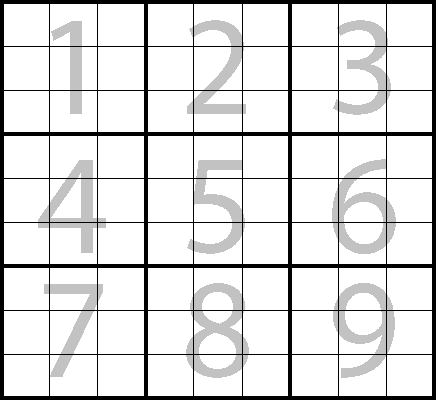This kata focuses on Object Calisthenics. Object calisthenics forces people to think differently about software design, not by adding anything, but by removing. Object calisthenics is about constraining software design decisions; it is about what you cannot do.
Object calisthenics is a simple ruleset that, if applied correctly, should have a big effect on your design. For the time being, follow these rules. We will discuss the principles behind them later on.
- Only one level of indentation per method.
- Keep all entities small. (50 lines per class, 5 lines per method, 2 arguments per method).
- Wrap all primitives and strings (wrap primitive types in classes).
- One dot per line.
- First class collections (wrap collections in classes).
- Don’t abbreviate.
- Don’t use the ELSE keyword.
- No classes with more than two instance variables.
- No getters/setters/properties.
- All classes must have state.
Object calisthenics does not give you anything new. On the contrary, it takes stuff away. Expect these rules/constraints to be challenging/frustrating if you never used them before. Be strict for now. No exceptions! The time to bend the rules has not yet come. :)
We will be writting a tic tac toe application. We will write it like last Using TDD but this will also apply object calisthenics rules.
- There are two players in the game , X and O
- players take turns taking fields until the game is over.
- a game has nine fields in a 3x3 grid
- X always goes first.
- Players alternate placing X’s and O’s on the board.
- Players cannot play on a played position.
- A player with three X’s or O’s in a row (horizontally, vertically, diagonally) wins.
- If all nine squares are filled and neither player achieves three in a row, the game is a draw.
- If player X wins print "Player X wins"
- If player O wins print "Player O wuins".
- If now one wins and board fills up completely, print "Draw"
